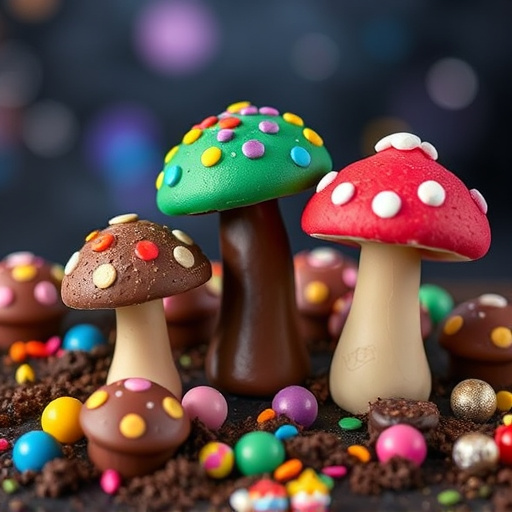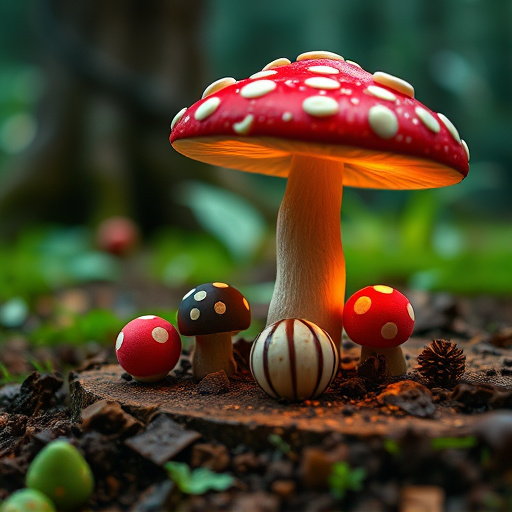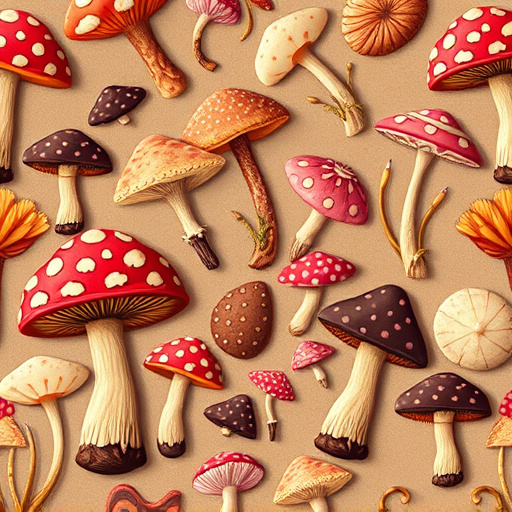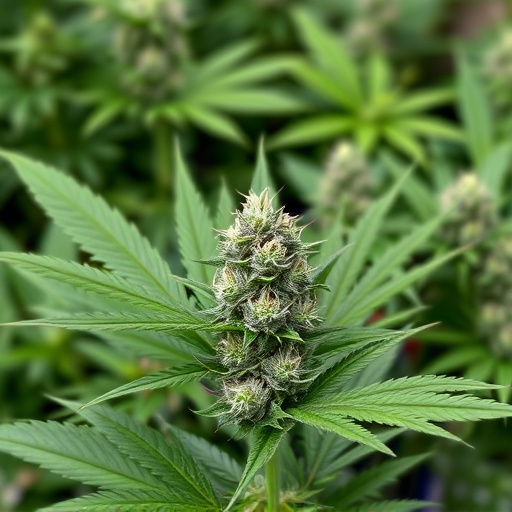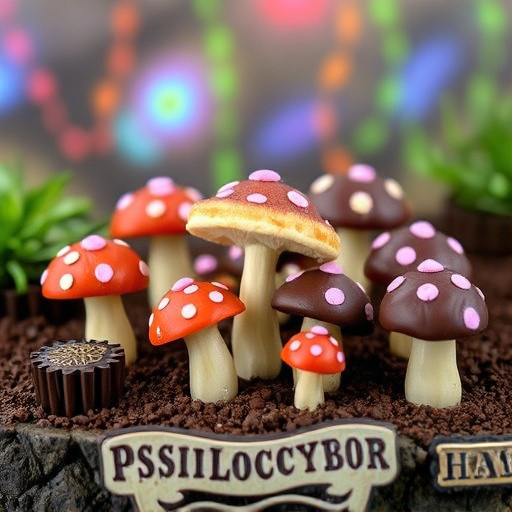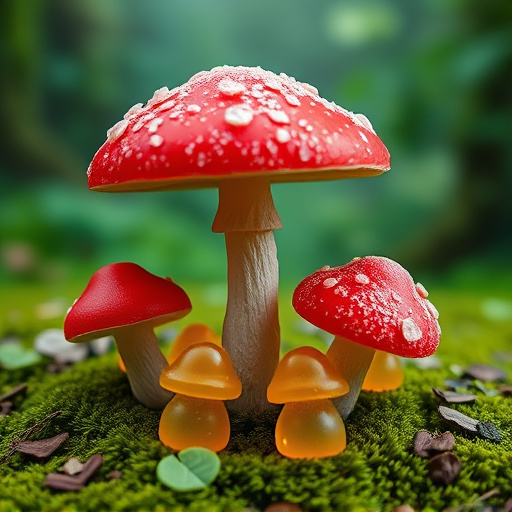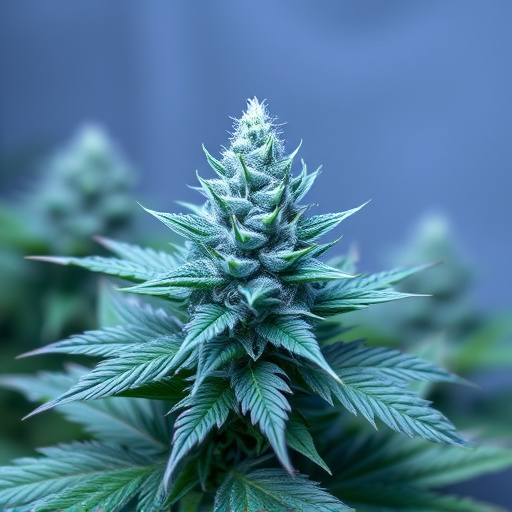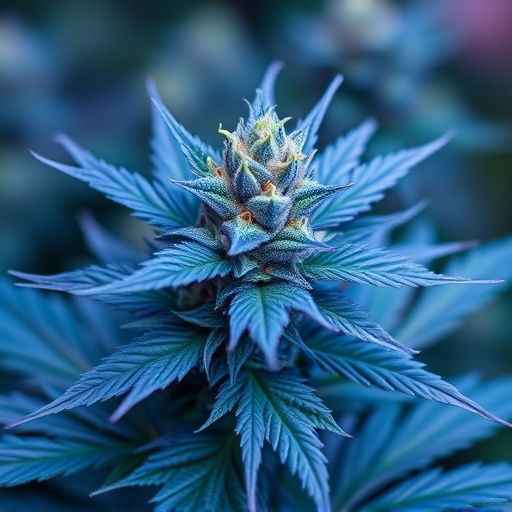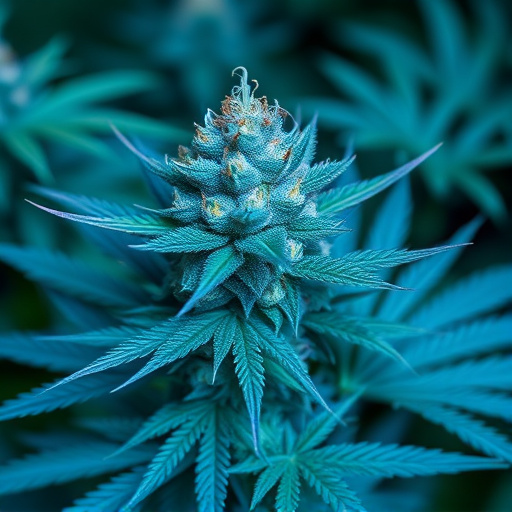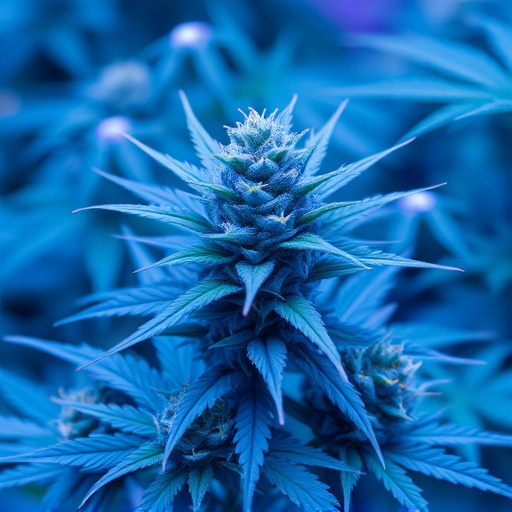Understanding cannabis genetics is key to navigating its diverse world. Plants are classified as Indica (relaxing), Sativa (uplifting), or Hybrid, offering varied cannabinoid profiles and effects. Blue cannabis strains, known for their unique appearance, aromas, and therapeutic benefits, combine Indica and Sativa traits. These blends provide balanced experiences suitable for different activities, appealing to wide consumer needs from relaxation to mental focus. Cultivators develop new Hybrid varieties, keeping blue cannabis at the forefront of the industry.
“Unraveling the Cannabis Chemistries: Indica, Sativa, and Hybrids Decoded offers a comprehensive guide to understanding the unique world of cannabis genetics. From the classic Indica and Sativa varieties to the prevalent Blue Cannabis strains, we explore their distinct characteristics. This article delves into how these chemistries influence effects and applications, providing insights for both enthusiasts and those new to cannabis. Discover the art of blending Indica, Sativa, and Hybrid genetics, as we uncover the diverse potential of this remarkable plant.”
- Understanding Cannabis Chemistries: Indica, Sativa, and Hybrid Genetics
- Blue Cannabis Strains: Unveiling the Unique Characteristics of a Popular Variety
- Exploring the Effects and Applications of Indica, Sativa, and Hybrid Combinations
Understanding Cannabis Chemistries: Indica, Sativa, and Hybrid Genetics
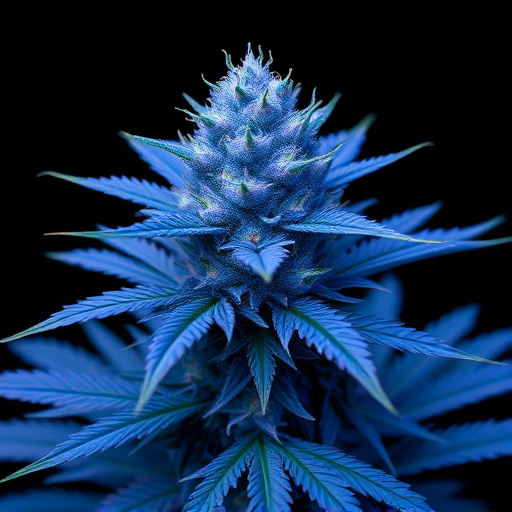
Understanding the genetics behind different cannabis strains is key to navigating the diverse world of this plant. Cannabis plants, scientifically known as Cannabis sativa, are classified into two main types: Indica and Sativa, with a third category being Hybrid. These classifications are based on distinct physical characteristics and chemical compositions, particularly in terms of their cannabinoid profiles.
Indica strains, often associated with relaxing effects, tend to have higher levels of the cannabinoid THC (tetrahydrocannabinol) and lower amounts of CBD (cannabidiol). This imbalance creates a more intense high. On the other hand, Sativa varieties are known for their uplifting and energetic properties due to higher CBD content and moderate to low THC levels. Hybrid strains, as the name suggests, combine traits from both Indica and Sativa plants, offering unique combinations of cannabinoids and terpenes that cater to diverse consumer preferences, including those seeking specific effects like the calming qualities of Indica or the invigorating benefits of Sativa, often seen in blue cannabis strains.
Blue Cannabis Strains: Unveiling the Unique Characteristics of a Popular Variety
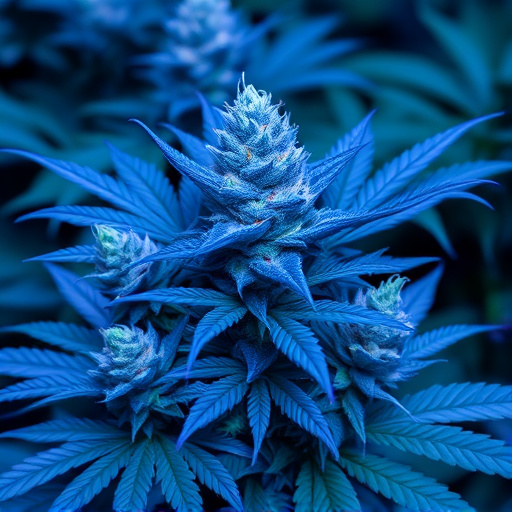
Blue cannabis strains have garnered significant attention in recent years, largely due to their unique characteristics and growing popularity. These strains are known for their distinct blue or purple hues, which are often accompanied by a rich, fruity aroma and a wide range of therapeutic benefits. The unique coloring in blue cannabis is believed to be the result of high levels of anthocyanins, powerful antioxidants that contribute to its vibrant appearance and potential health advantages.
Beyond their visual appeal, blue strains offer a balance between relaxation and energy, making them versatile for various consumer needs. Many users appreciate the calming effects, which can promote better sleep and reduce anxiety, while still maintaining a clear mental focus. This combination has led to an increased demand for blue cannabis strains, with cultivators constantly striving to develop new varieties that highlight these unique attributes, ensuring they remain in the forefront of the cannabis industry.
Exploring the Effects and Applications of Indica, Sativa, and Hybrid Combinations
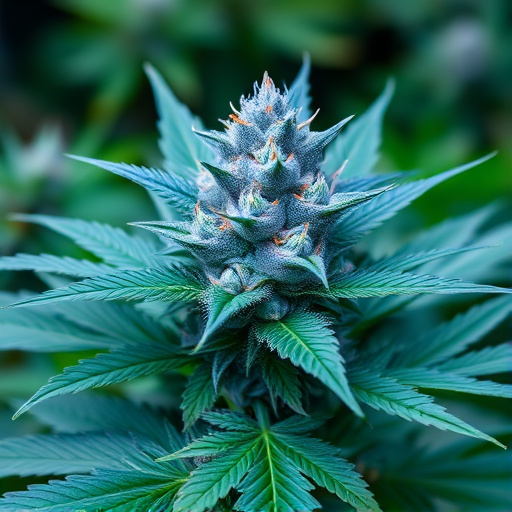
Cannabis enthusiasts often wonder about the unique experiences offered by different strains, and understanding Indica, Sativa, and Hybrid combinations is key to this. These classifications are based on botanical origins and distinct characteristics, leading to varied effects. Indica strains, known for their dense, compact flowers, typically induce a relaxing and sedating effect, making them popular choices for evening or bedtime use. They can help alleviate stress, anxiety, and promote better sleep, often sought after by those looking for relief from insomnia or chronic pain.
On the other hand, Sativa strains boast tall, slender plants with fewer resinous glands. These varieties tend to have a more uplifting and energizing effect, stimulating creativity and focus. Many users prefer Sativas during daytime use as they can enhance productivity and social interactions. Hybrids, as the name suggests, combine elements of both Indica and Sativa, offering a blend of effects. For instance, a Blue Cannabis strain, often crossing Indica and Sativa, might provide a balanced experience, combining relaxing properties with heightened mental clarity, making it suitable for various activities throughout the day.
Cannabis enthusiasts and medical professionals alike can benefit from understanding the distinct characteristics of Indica, Sativa, and Hybrid strains. These genetic classifications significantly influence plant behavior, offering unique effects and applications. The article has explored these differences, shedding light on why certain strains, like blue cannabis varieties, have gained popularity for their specific attributes. By recognizing these variations, consumers can make informed choices tailored to their preferences and needs, ensuring a more enjoyable and effective cannabis experience.
